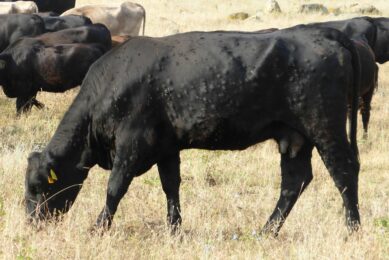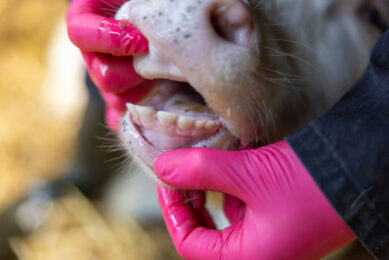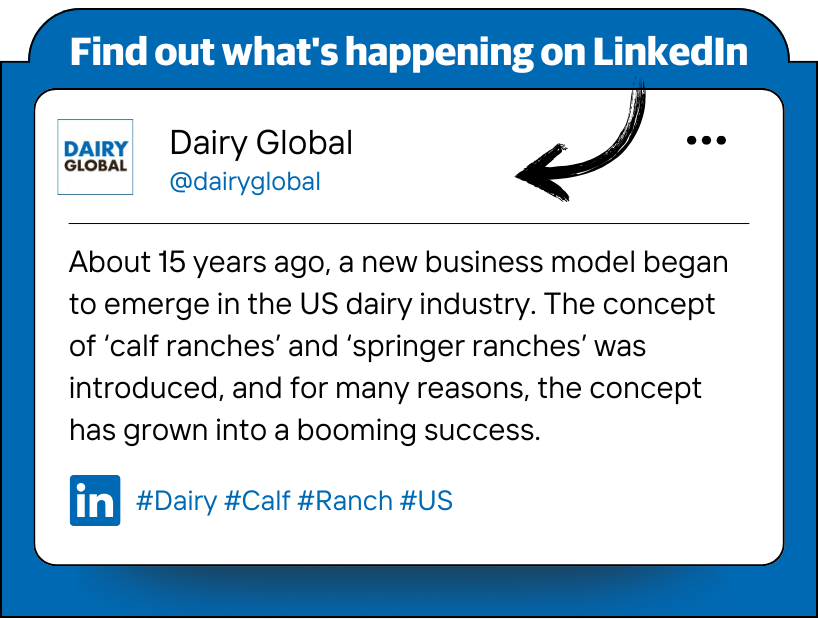The century of viruses: From farmer to sentinel

Just this past Easter, I found myself on a road trip, weaving through cities like chapters in a European novel – Prague, Brno, Vienna. As I pulled away from Prague, windows cracked open and music playing, I noticed a fly had snuck into the car. No big deal, I thought. I lowered the window to let it out, assuming it would take the hint. Several hours later, as I cruised into Vienna there it was – buzzing around. And that’s when it hit me – I had just transported a fly across borders. Innocently. Unintentionally. Silently.
Now, a single fly in a car is no crisis, but the parallel with pathogens couldn’t be clearer. If a tiny insect can travel from Prague to Vienna in the blink of a road trip, what about a virus on a pair of boots? A bacterium on a jacket? A viral particle on a feed sack?
It left me thinking this is exactly how quickly and casually disease agents can move in our interconnected world. Not with fanfare or flashing lights – but with silence, stowaway style.
From farmer to sentinel
Let me take you to a story more connected to our reality – a tale that’s become too common, unfortunately…
A dairy farm in southern Europe. Mid-sized, family-run, modern equipment. One day, a new heifer arrives. No visible signs of illness with a healthy appetite and calm demeanour. But, within a week, several cows show strange lesions, a few spike fevers, and one develops lameness. The diagnosis: FMD. The source? That seemingly healthy new arrival. She was carrying the virus without symptoms.
The fallout was swift and brutal: government-mandated shutdown, culling of dozens of animals, weeks of lost production, and years of emotional and financial recovery.
But then, contrast this with another farm just a few kilometres away. Similar size, similar setup, but with a major difference: a rigorous biosecurity protocol. That farm avoided infection completely.
What made the difference? Not luck, but preparation, mindset, discipline.
Practical tools to prevent the next outbreak
If this is truly the Century of Viruses, then we need to become guardians of prevention. Here’s your toolkit:
 Create a fortress farm
Create a fortress farm
Think like a virus. Then stop it.
- Controlled entry: No one enters without logging in, disinfecting boots, and donning clean clothing.
- Quarantine zones: New or returning animals must be isolated for 14-21 days.
- Footbaths and vehicle disinfection: Keep entryways clean and monitored.
 Build a custom vaccination protocol
Build a custom vaccination protocol
Vaccines are not one-size-fits-all.
- Work with your vet to develop a region and herd-specific vaccine calendar.
- Include FMD, IBR, BVD, LSD, and other regionally prevalent viruses.
- Track vaccinations like gold – accuracy matters.
 Train your eyes and ears
Train your eyes and ears
Early detection saves herds.
- Teach your staff to notice signs of lethargy, respiratory issues, ulcers, unusual behaviour, and milk drop.
- Keep a shared logbook for daily observations.
 Be ready to respond
Be ready to respond
A virus can go from zero to outbreak in days. Be faster.
- Create and test an emergency SOP for isolating sick animals.
- Keep PPE kits and disinfectants on hand for quick containment.
- Identify your emergency vet team and reporting contacts.
 Strengthen from the inside
Strengthen from the inside
Happy cows are resilient cows.
- Ensure balanced nutrition, adequate bedding, fresh air, and minimal stress.
- Use technology – like thermal cameras or herd management software – to spot anomalies.
A new era of agricultural leadership
This isn’t just about dairy. It’s about global food security, public health and the sacred relationship between humans and the animals we care for.
As a veterinarian and industry expert, I’ve seen firsthand how prevention, education, and fast action can save not just cows – but entire communities. And I’ve also seen how fear, denial, and delay can unravel years of progress in a matter of weeks.
You, dear farmer, are not ‘just’ a milk producer. You are a protector of life. A steward of health. A sentinel of the soil. In this century of viruses, your barn is not just a workplace – it’s a front line. And every boot you clean, every protocol you enforce, every staff member you train – that’s a stand you take against invisible enemies.
Conclusion: courage, clarity, and commitment
This article isn’t meant to scare you; it’s meant to awaken you. Viruses are quick. But we can be quicker. Viruses evolve. But so do we – through learning, leadership, and love for what we do. And while viruses are invisible, the impact of a prepared, vigilant farm? That’s the kind of legacy that leaves hoofprints on history.
So, let’s rise to meet this century with open eyes, clean boots, and hopeful hearts. The cows are counting on us.
Join 13,000+ subscribers
Subscribe to our newsletter to stay updated about all the need-to-know content in the dairy sector, two times a week.










